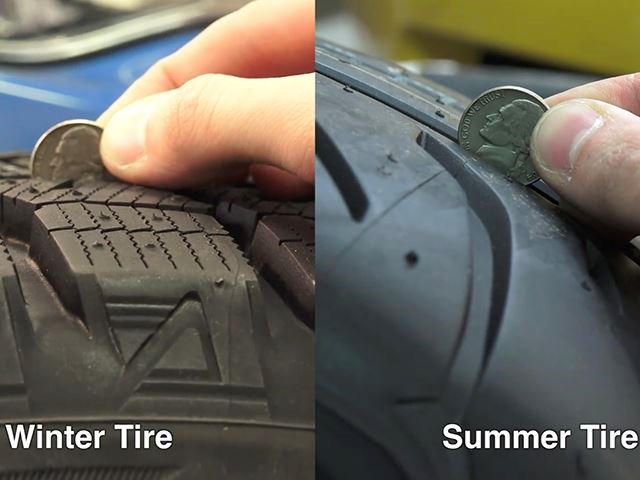
It's that time of year when half of the continental US is on the verge of having school cancelled due to snow while the other half is considering digging their jackets out of the closet because it's finally cool enough to show off the winter attire they bought last year. During this time, thousands of words are typed or printed onto pages urging those in the former half of the country to splurge on a set of winter tires. Instead of writing a novel about it, we thought we'd just bring you this video.
Thanks to Engineering Explained, we have a slightly abridged version of the spiel that details both why it's so important to buy these sorts of tires as well as what makes them so much better than summer or all-season rubber.
As much as we'd like to think tread is the main difference, it actually goes deeper than that. That's because both tread and tire compound are important for keeping a car on the road instead of careening off of the pavement during winter months. Think of summer and winter tires like a stick of butter with different melting points. Summer tires have a rubber compound that stays hard in moderate to high temperatures but doesn't get so soft that it loses traction in the heat. The problem is that when it's colder, summer tires turn into a traction-free rock. On the other hand, winter tires are engineered to keep that balance but at much lower temperatures, but can get too soft and lose grip if temperatures get too high.
All-season tires simply strike a balance between the two compounds. Tread is also important for obvious reasons, since summer tires corner better in wet and dry conditions. Meanwhile snow tires are engineered with what are essentially rubber claws that sink deep into the snow and exploit any available traction. The improvement gained by combining the harder compound and markedly larger grooves on snow should give more than enough reason to get you to go out and buy winter tires if you live somewhere you need them.

